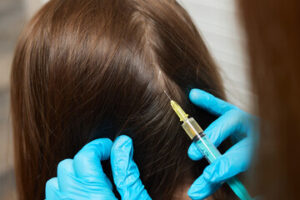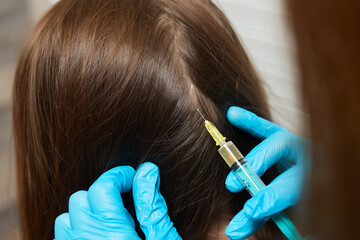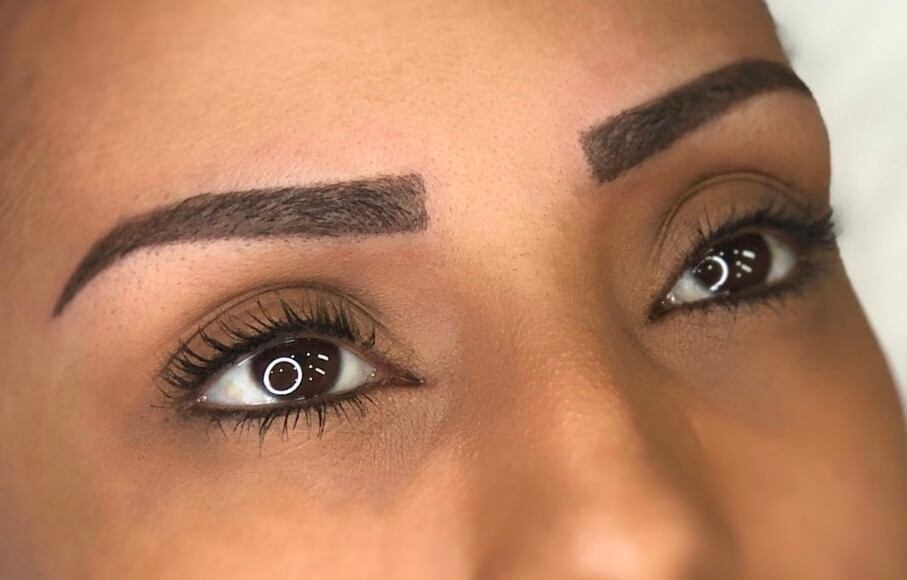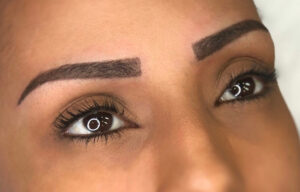Many women struggle with thinning hair. Hair Loss Specialist can help you overcome the problem and restore your hair’s natural thickness. While genetics is a major factor in male hair loss, modern hair restoration techniques are now able to outsmart nature and help you retain a full head of healthy hair. But, other factors play a part, too. Getting a professional diagnosis is the first step in hair restoration.
 When you visit a Hair Loss Specialist, they will examine your scalp to determine the cause of your hair loss. They may also perform a scalp biopsy to make a diagnosis. Once a diagnosis has been made, a medical or surgical treatment plan will be developed. Based on the severity of your condition, the Hair Loss Specialist will recommend the best course of action for you. The doctor will explain your treatment options and recommend the right one for your needs. If a medical treatment plan doesn’t work, a surgical procedure may be necessary.
When you visit a Hair Loss Specialist, they will examine your scalp to determine the cause of your hair loss. They may also perform a scalp biopsy to make a diagnosis. Once a diagnosis has been made, a medical or surgical treatment plan will be developed. Based on the severity of your condition, the Hair Loss Specialist will recommend the best course of action for you. The doctor will explain your treatment options and recommend the right one for your needs. If a medical treatment plan doesn’t work, a surgical procedure may be necessary.
In addition to examining your medical history, a Hair Loss Specialist can also perform diagnostic tests, including dermoscopy. Your doctor will explain all treatment options and work with you to develop a plan that will provide long-term results. They may recommend research-based supplements, hair cleansing and growth factors, and laser therapies. They may also recommend a salon treatment for hair loss. And remember, regrowing hair is a long-term process, so you need to be patient and persistent.
A dermatologist can help you determine what is causing your hair loss. A dermatologist specializes in treating skin, hair, and scalp disorders. An early diagnosis will improve your treatment outcomes and preserve more active hair follicles if you’re suffering from hair loss. This will result in more hair regrowth. These doctors will be able to prescribe you the appropriate medications to treat your hair loss. You’ll be glad you did.
To find the right treatment for your hair loss condition, you must first see a dermatologist. The hair loss specialist will look for underlying causes and treat them appropriately. A dermatologist can perform comprehensive physical exams to identify underlying causes and provide the best treatment for your particular case. The best way to treat your hair loss is by treating the cause, and a dermatologist can do this. A dermatologist is an expert in the field and will be able to give you the best advice on what treatments will work best for your particular case.
When you visit a dermatologist, your doctor will evaluate your hair loss problem and recommend treatments. A dermatologist will ask you questions about your overall health, family history, and any medications you’re currently taking. A dermatologist will also thoroughly examine your scalp, hair, and nails to identify any underlying health conditions. Your hair loss specialist can also suggest a suitable treatment plan. They will also prescribe a course of medication to prevent further loss.
One treatment option for hair loss is hair transplant surgery. Hair follicles from healthy areas of your scalp are extracted and transplanted into the area where you’ve lost hair. This procedure is often expensive and not covered by insurance. However, if the balding area is large, it can be difficult to locate enough hair to transplant. This treatment will also not be covered by insurance. If you need to undergo hair transplant surgery, you should consult a Hair Loss Specialist to find the best treatment options.
A hair loss specialist can determine if you are experiencing hair loss in men. However, if it’s only male pattern baldness, you should visit a dermatologist or doctor to rule out any underlying health condition. In some cases, the early stages of hair loss are preventable, and it may be a matter of genetics. However, it is best to seek the advice of a hair loss specialist if you’re experiencing receding hairlines.
A Trichologist is a specialist in treating hair problems. Although not a physician, trichologists specialize in hair health and scalp conditions. These specialists understand human hair’s chemistry, biology, and mechanical growth. They can diagnose and treat hair disorders based on their severity. For example, a hair loss specialist can help you treat scalp psoriasis, alopecia, or trichotillomania.


